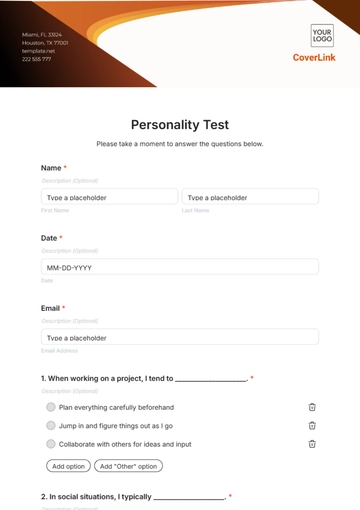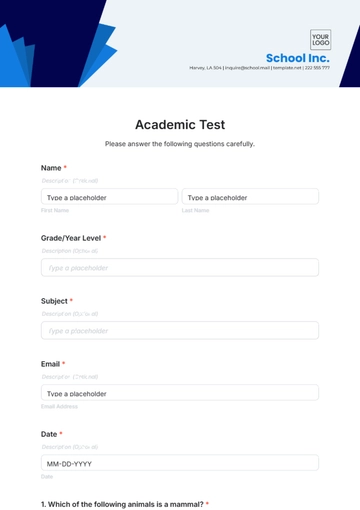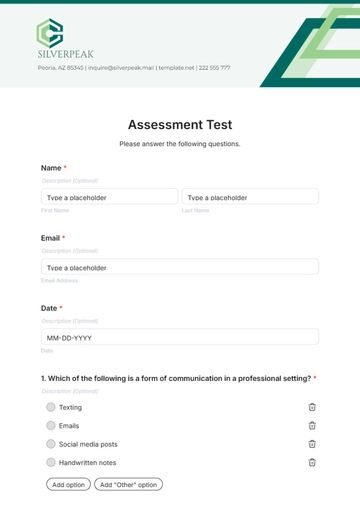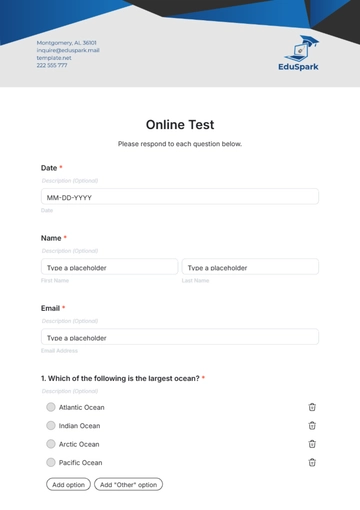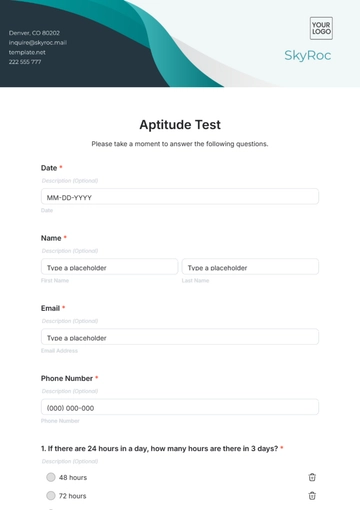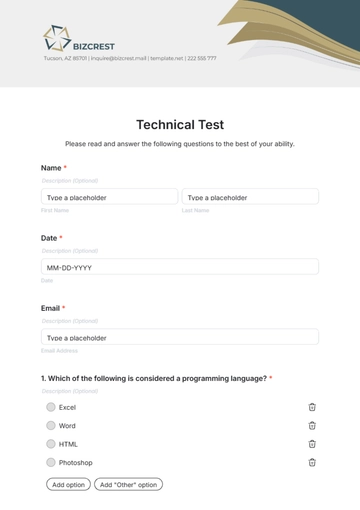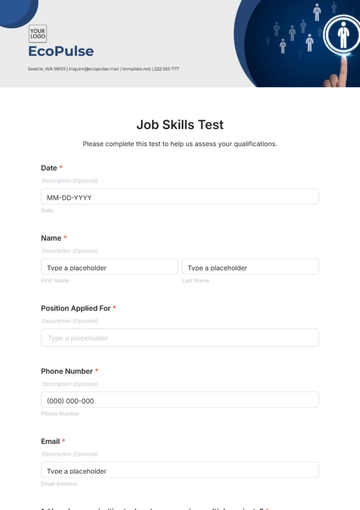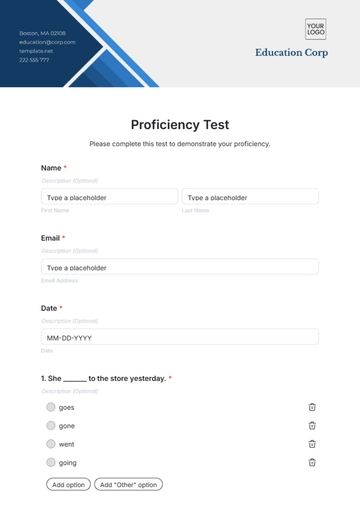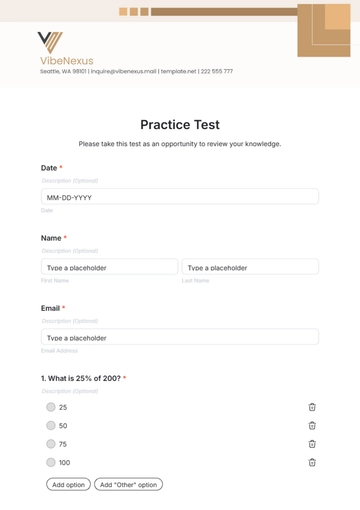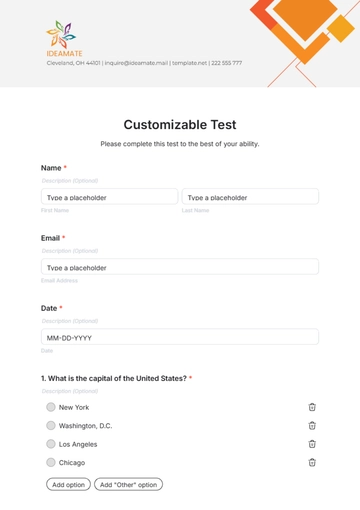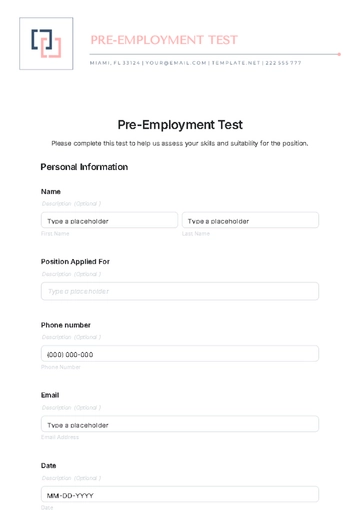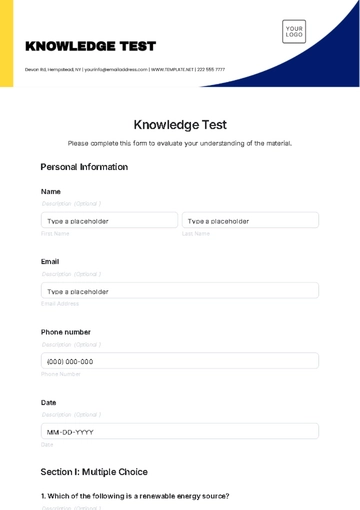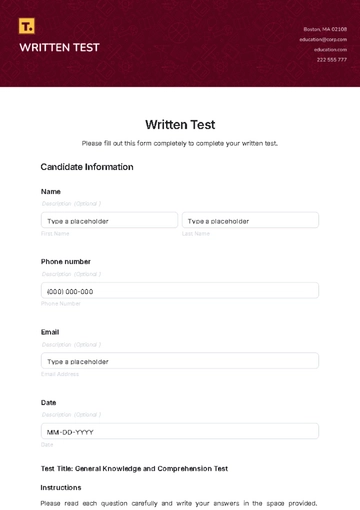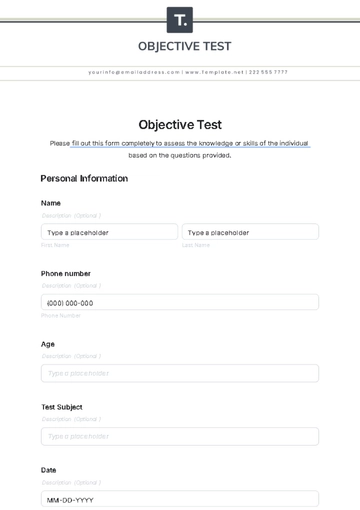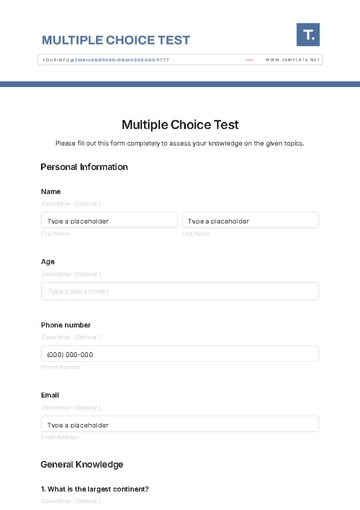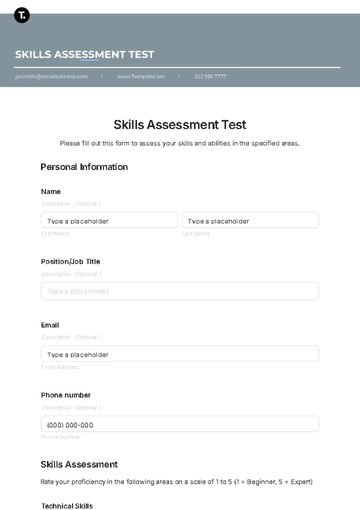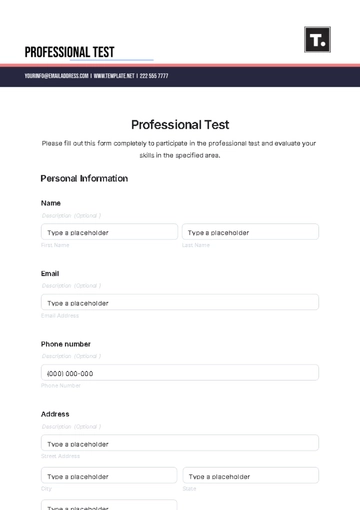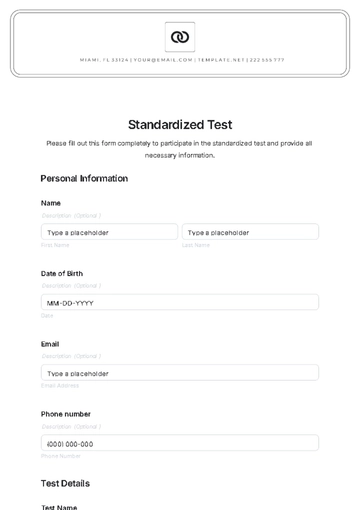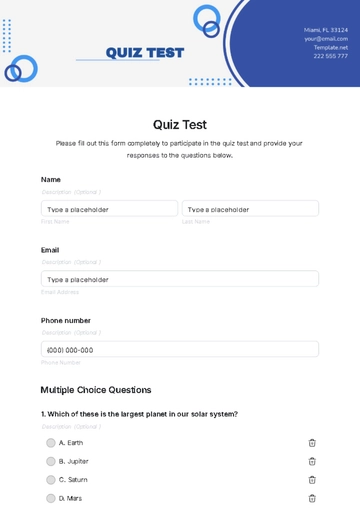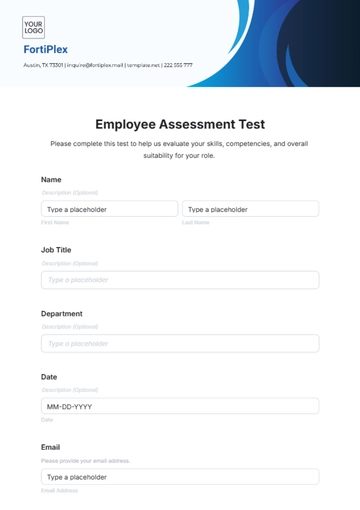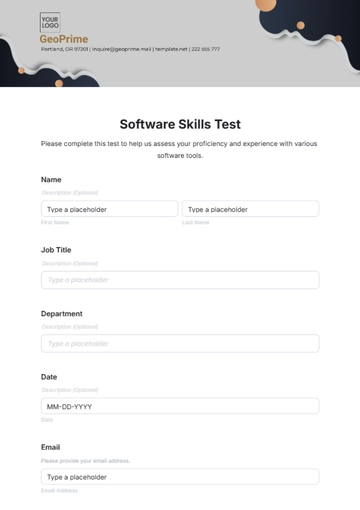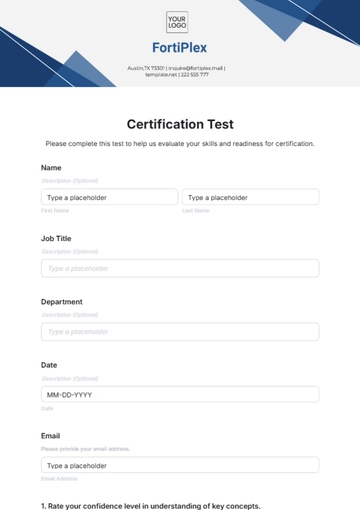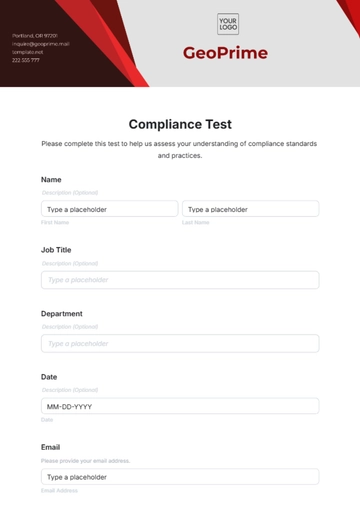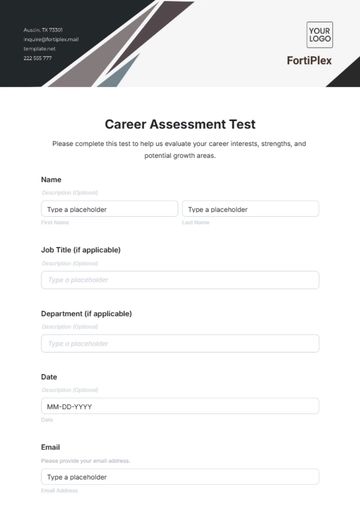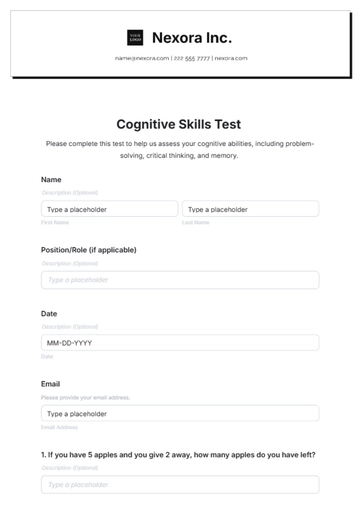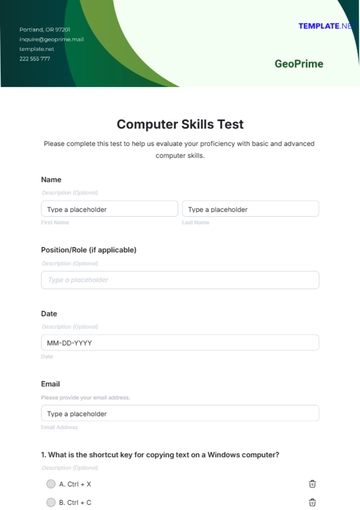Free Business Test Plan

I. Introduction
The purpose of this test plan is to outline the testing approach, strategies, and activities for [Project Name]. This document will provide guidance to the testing team regarding the scope, objectives, responsibilities, and schedule of testing activities.
II. Test Objectives
The objectives of this test plan are as follows:
To ensure the functionality of [Project Name] meets the specified requirements.
To identify and mitigate any defects or issues in the software.
To verify the performance, reliability, and usability of the system.
To validate the compatibility of [Project Name] with different platforms and environments.
III. Scope
The testing scope includes:
Functional Testing: Testing of individual functions and features of [Project Name].
Integration Testing: Verification of the interaction between different modules/components.
Performance Testing: Assessment of system performance under various loads and conditions.
Security Testing: Evaluation of system security measures and vulnerability assessment.
Compatibility Testing: Testing [Project Name] on different devices, browsers, and operating systems.
User Acceptance Testing: Involvement of end-users to validate the system against business requirements.
IV. Test Approach
The test approach will involve:
Creating Test Cases: Developing comprehensive test cases covering all aspects of [Project Name].
Executing Test Cases: Conducting tests according to the defined test cases and scenarios.
Defect Reporting: Documenting any issues or defects encountered during testing.
Regression Testing: Ensuring that fixes do not introduce new defects or issues.
Continuous Feedback: Providing regular updates and feedback to stakeholders throughout the testing process.
V. Test Environment
The test environment for [Project Name] will include:
Environment | Details |
|---|---|
Operating System | Windows 10, macOS, Linux |
Browsers | Chrome, Firefox, Safari, Edge |
Mobile Devices | iOS, Android |
Tools | [Testing Tool 1], [Testing Tool 2], [Testing Tool 3] |
VI. Test Deliverables
The following deliverables will be produced during testing:
Test Plan: This document outlining the testing strategy and approach.
Test Cases: Detailed test cases covering all functional and non-functional requirements.
Test Reports: Reports summarizing the testing results, including defects and issues.
Traceability Matrix: Mapping of test cases to requirements for traceability.
VII. Test Schedule
The testing activities will be scheduled as follows:
Test Planning: [Start Date] to [End Date]
Test Execution: [Start Date] to [End Date]
Defect Resolution: Ongoing throughout the testing phase
Final Report: [Date of Final Report]
VIII. Risks and Assumptions
A. Risks
Resource Constraints: Limited availability of testing resources may impact the testing timeline.
Integration Challenges: Issues with integrating [Project Name] with external systems or APIs.
Scope Creep: Changes in project scope may affect the testing scope and timeline.
B. Assumptions
Availability of Test Data: Sufficient test data will be available for testing purposes.
Access to Environments: Access to required test environments will be provided as per schedule.
Stakeholder Cooperation: Stakeholders will actively participate and provide necessary support during testing.
IX. Responsibilities
The following roles and responsibilities are defined for the testing process:
[Your Name], Test Manager: Overall responsibility for test planning, execution, and reporting.
[Tester Name], Test Analyst: Execution of test cases, defect reporting, and regression testing.
[Developer Name], Development Team: Addressing and resolving defects identified during testing.
[Stakeholder Name], Business Owner: Providing requirements, feedback, and acceptance criteria.
X. Approval
This test plan requires approval from the following stakeholders:
[Your Name], Test Manager
[Project Manager Name], Project Manager
[Stakeholder Name], Business Owner
- 100% Customizable, free editor
- Access 1 Million+ Templates, photo’s & graphics
- Download or share as a template
- Click and replace photos, graphics, text, backgrounds
- Resize, crop, AI write & more
- Access advanced editor
